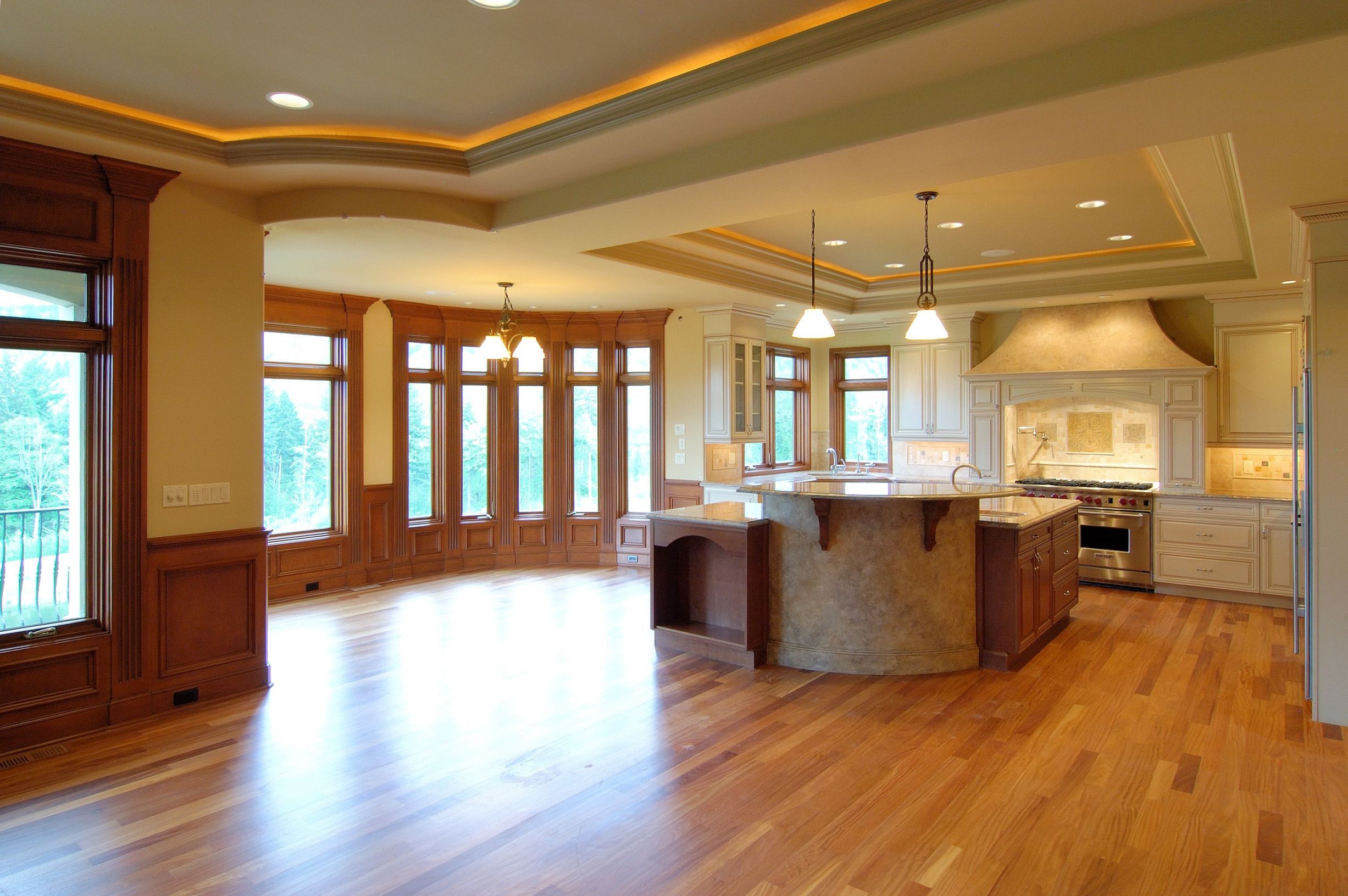Stoneware is a type of crockery which is made from clay that has been fired in a kiln at an extremely high temperature, the result is a very durable material which is resistant to chipping and can easily stand up to the rigors of day to day use. Crockery manufactures produce a whole range of different bowls, dishes, plates and platters because of its inherent strength. Stoneware is often left undecorated although it can be decorated with a glaze and then re-fired. It is easy to confuse stoneware and earthenware however, because earthenware is fired at a lower temperature it is not as durable and is not really suitable for daily use.
Crockery manufacturers run their kilns at almost 2,200 degrees F when firing stoneware. When stoneware has gone through the manufacturing process is can be used in the oven at home and has the look and the feel of pottery. As stoneware and earthenware look very similar to one another the best way to determine which is which is to look at the bottom of the piece. Stoneware is left plain whereas earthenware has decorations on the bottom; earthenware also is somewhat lighter in weight.
Stoneware has a number of advantages, the main one being that is not porous and earthenware is. Earthenware will not hold water; stoneware on the other hand is water proof. Earthenware was the material of choice in the 1700s but after crockery manufacturers introduced stoneware, earthenware became mostly decorative.
Stoneware starts in the factory as a lump of clay; this material is shaped by hand or is thrown on a pottery wheel. Once the shape is formed, the piece is left to dry naturally. Once the piece is completely dry an overcoat of glaze, colored or clear is applied. As many people prefer the look of undecorated or unglazed stoneware, this step is eliminated and the piece goes directly into the kiln.
Although dinnerware is normally simply purchased and used, it was at one time considered a true art form. In the late 1800s crockery manufacturers sprung up throughout Europe, the East and in America. In Europe the main manufacturing centers were Delft in Holland, Spain and England. The normal household of the day often had dinnerware produced in different locations as trade at that time in crockery was flourishing.

